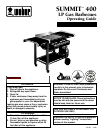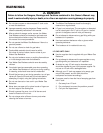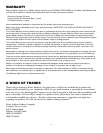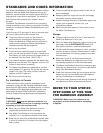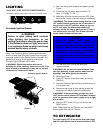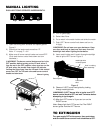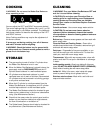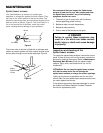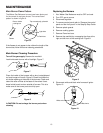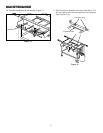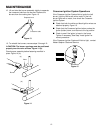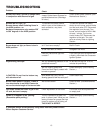Special offers from our partners!

Find Replacement BBQ Parts for 20,308 Models. Repair your BBQ today.

Buy Weber Grill Parts. It couldn't be easier. Find your Weber parts here.
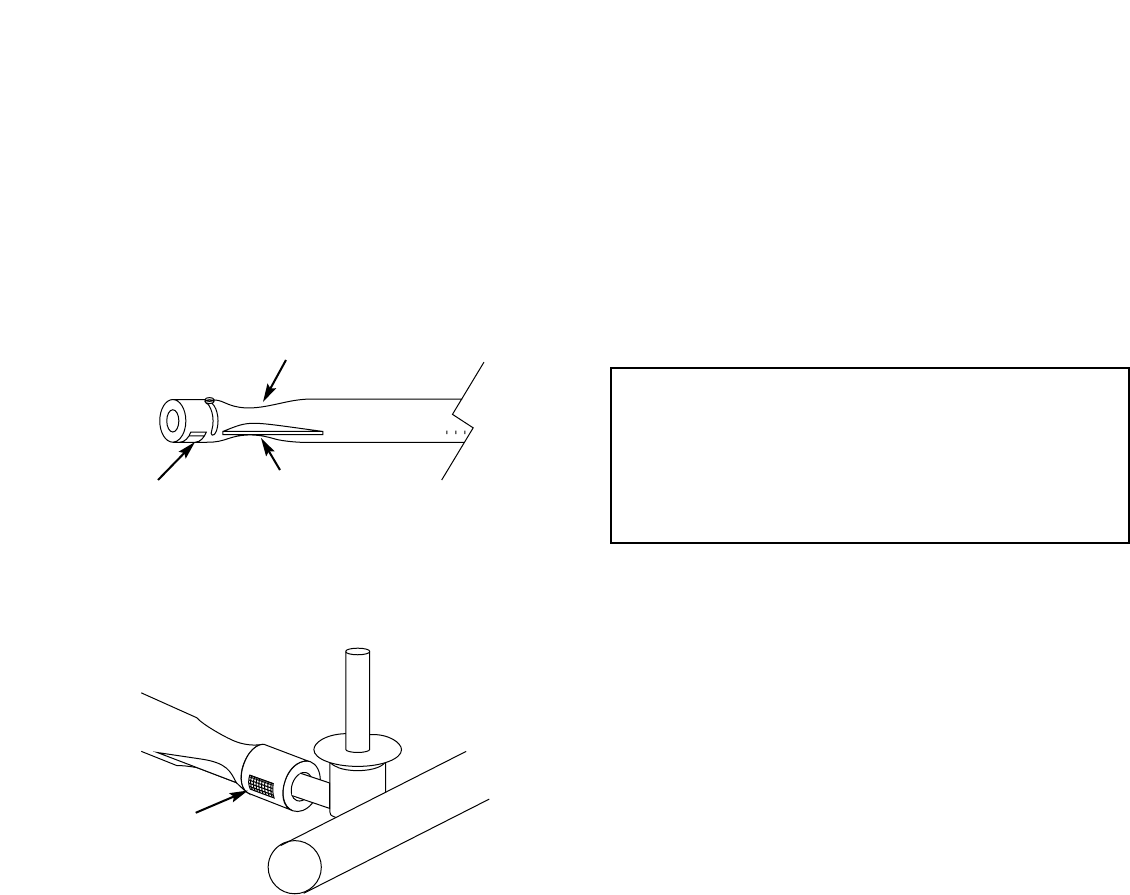
9
Spider/Insect screens
Your Gas Barbecue, as well as any outdoor gas
appliance, is a target for spiders and other insects. They
can nest in the venturi section of the burner tubes. This
blocks the normal gas flow, and can cause the gas to flow
back out of the air shutter. Figure 5. This could result in a
fire in and around the air shutters, under the control
panel, causing serious damage to your barbecue.
Figure 4
Venturi
Venturi fin
Air shutter
We recommend that you inspect the Spider/Insect
screens at least once a year. Also inspect and clean
the Spider/Insect screens if any of the following
symptoms should ever occur.
1. The smell of gas in conjunction with the burner
flames appearing yellow and lazy.
2. Barbecue does not reach temperature.
3. Barbecue heats unevenly.
4. One or more of the burners do not ignite.
Weber
Spider/Insect
screen
Figure 5
ƽ DANGER
Failure to correct these symptoms may
result in a fire which can cause serious
bodily injury or death and cause damage
to property.
MAINTENANCE
Inspection and cleaning of the
Spider/Insect screens
To inspect the spider/insect screens, remove the control
panel. If there is dust or dirt on the screens, remove the
burners for cleaning the screens. Refer to Maintenance,
Replacing Main Burners. Brush the spider/inspect
screens, lightly, with a soft bristle brush (i.e. an old
toothbrush).
ƽCaution: Do not clean the spider/insect screens
with hard or sharp tools. Do not dislodge the
spider/insect screens or enlarge the screen openings.
Lightly tap the burner to get debris and dirt out of the
burner tube. Once the spider/insect screens and burners
are clean replace the burners.
If the spider/insect screen becomes damaged or cannot
be cleaned, call Weber-Stephen Products Customer
Service for replacement parts.
The burner tube air shutter is fitted with a stainless steel
screen to prevent spiders and other insects access to the
burner tubes through the air shutter openings. Figure 6.



